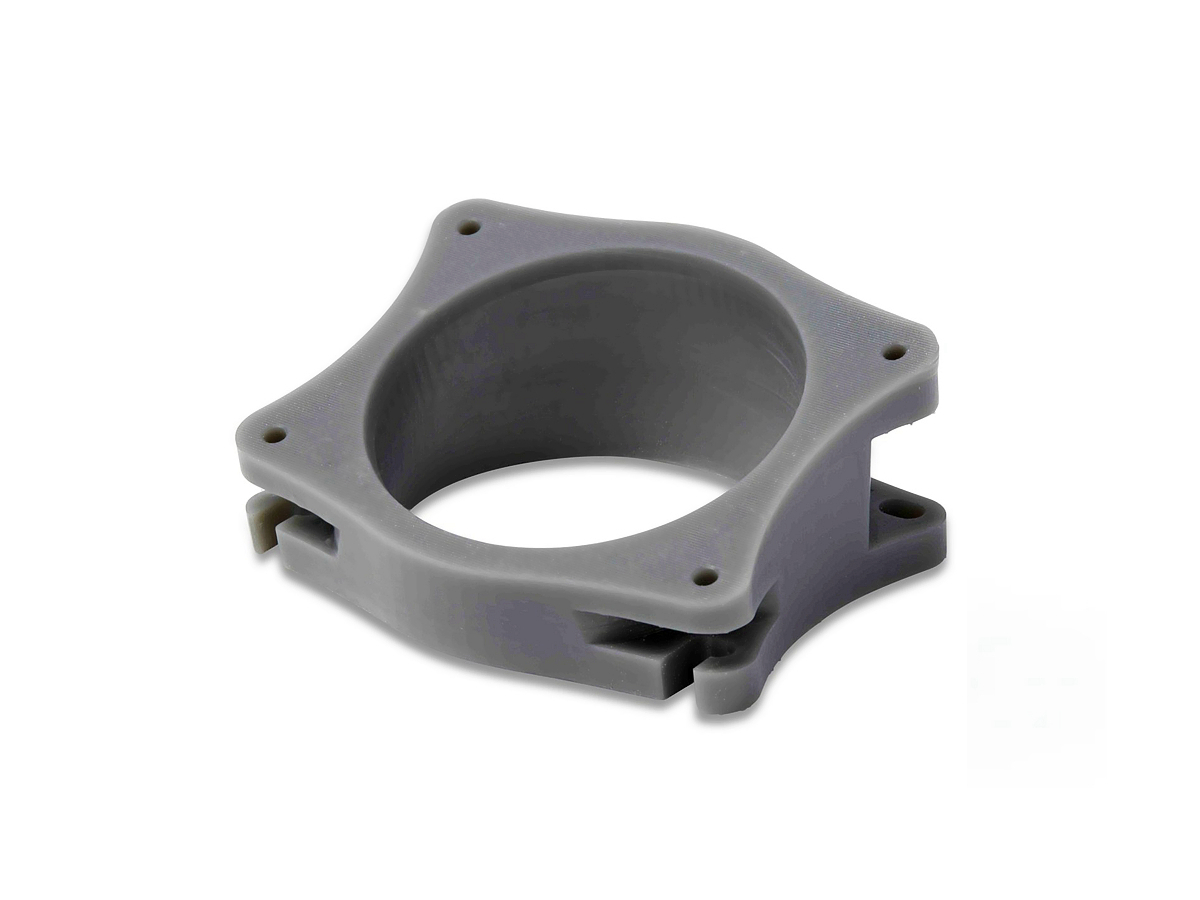3D Printing Plastic Prototypes: Flexible Solutions for Quick and Cost-Effective Development
Introduction
Plastic prototypes created via 3D printing offer rapid, flexible, and cost-effective development solutions for product design across diverse industries such as consumer products, medical devices, and automation equipment. Leveraging advanced additive manufacturing technologies like Material Extrusion, Vat Photopolymerization, and Powder Bed Fusion, designers can quickly produce accurate (±0.1 mm), functional plastic parts tailored to specific needs.
Specialized plastic 3D printing significantly reduces prototyping timelines, facilitating iterative design improvements and accelerating market readiness.
Plastic Material Properties
Material Performance Comparison Table
Plastic Material | Tensile Strength (MPa) | Flexural Modulus (GPa) | Density (g/cm³) | Temperature Resistance (°C) | Applications | Advantages |
|---|---|---|---|---|---|---|
40-45 | 2.1-2.4 | 1.04 | 85-100 | Automotive housings, consumer products | Impact-resistant, good toughness | |
50-80 | 1.8-3.0 | 1.14 | 120-150 | Mechanical components, gears | High strength, good fatigue resistance | |
60-70 | 2.3-2.4 | 1.20 | 120-140 | Transparent covers, medical devices | High transparency, impact resistance | |
55-65 | 3.0-4.0 | 1.24 | 50-60 | Rapid prototypes, low-stress parts | Biodegradable, cost-effective |
Material Selection Strategy
Choosing optimal plastic materials for 3D printed prototypes involves evaluating strength, flexibility, cost-efficiency, and functional requirements:
ABS: Preferred for durable prototypes needing moderate strength (up to 45 MPa tensile) and excellent toughness; ideal for automotive and consumer electronics.
Nylon (PA): Suitable for prototypes requiring high tensile strength (up to 80 MPa), durability, and good fatigue resistance, common in mechanical assemblies and moving parts.
Polycarbonate (PC): Best for transparent, impact-resistant prototypes, particularly in medical and optical applications due to clarity and thermal stability (up to 140°C).
PLA: Excellent for cost-effective, biodegradable rapid prototyping, ideal for initial concept validation with lower mechanical demands.
3D Printing Processes for Plastic Prototypes
3D Printing Process Comparison
3D Printing Process | Accuracy (mm) | Surface Finish (Ra µm) | Typical Uses | Advantages |
|---|---|---|---|---|
±0.2 | 10-30 | Functional prototypes, housings | Economical, good mechanical properties | |
±0.1 | 1-5 | Detailed prototypes, medical devices | High resolution, superior surface finish | |
±0.1 | 6-15 | Complex mechanical prototypes, durable components | High durability, complex geometries without supports |
3D Printing Process Selection Strategy
Determining the appropriate plastic prototyping technology involves balancing accuracy, cost, speed, and complexity of geometry:
Material Extrusion (FDM, ISO/ASTM 52910): Optimal for economical prototypes with moderate accuracy (±0.2 mm) and good mechanical performance, suitable for preliminary tests and functional checks.
Vat Photopolymerization (SLA, ISO/ASTM 52911-1): Ideal for prototypes demanding precise accuracy (±0.1 mm) and superior surface finishes (1-5 µm), critical for intricate medical devices or detailed models.
Powder Bed Fusion (SLS, ISO/ASTM 52911-1): Best for producing complex, durable prototypes without support structures, excellent for functional testing with accuracy (±0.1 mm).
Surface Treatments for Plastic Prototypes
Surface Treatment Comparison
Treatment Method | Surface Roughness (Ra µm) | Chemical Resistance | Max Temp (°C) | Applications | Key Features |
|---|---|---|---|---|---|
0.5-5.0 | Good (ISO 2812-1) | 60-80 | Consumer products, automotive prototypes | Aesthetic enhancement, protection | |
0.1-1.0 | Moderate | Material limit | Medical prototypes, consumer devices | Smooth finish, improved surface clarity | |
0.5-2.5 | Moderate | Material limit | Small mechanical parts, housings | Automated smoothing, deburring | |
0.3-1.5 | Excellent (ISO 15184) | 80-100 | Durable consumer electronics, automotive interiors | Scratch-resistant, UV protection |
Surface Treatment Selection Strategy
Appropriate surface treatments significantly enhance prototype aesthetics, functionality, and protection:
Painting: Ideal for aesthetic prototypes needing smooth, attractive finishes (Ra 0.5-5.0 µm) and additional chemical resistance.
Sanding/Polishing: Best for highly detailed prototypes requiring superior surface smoothness (Ra ≤1.0 µm) and optical clarity, particularly valuable for transparent or medical-grade applications.
Tumbling: Suitable for rapid automated finishing of numerous small prototypes, efficiently removing burrs and achieving consistent surface quality (Ra 0.5-2.5 µm).
UV Coating: Recommended for prototypes exposed to environmental conditions, providing enhanced durability, scratch resistance, and excellent chemical resistance.
Typical Prototyping Methods
Plastic 3D Printing: Rapid and precise (±0.1 mm accuracy) production of functional plastic prototypes for iterative design.
CNC Machining Prototyping: Provides accurate dimensional finishing (±0.005 mm) suitable for high-precision plastic components.
Rapid Molding Prototyping: Produces realistic prototypes efficiently (±0.05 mm accuracy) suitable for functional testing and limited-run production.
Quality Assurance Procedures
Dimensional Verification (ISO 10360-2)
Material Property Testing (ASTM D638, ASTM D790)
Surface Finish Assessment (ISO 4287)
Temperature Resistance Validation (ASTM D648)
Chemical Resistance Tests (ISO 2812-1)
ISO 9001 Quality Management Compliance
Key Industry Applications
Consumer electronics and products
Automotive interior components
Medical devices and prototypes
Automation equipment components
Related FAQs:
What are the advantages of plastic prototyping with 3D printing?
Which plastic materials are most commonly used in prototyping?
How do surface treatments improve plastic prototypes?
Which 3D printing technology offers the best accuracy for plastics?
What industries commonly utilize plastic 3D printed prototypes?

